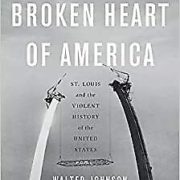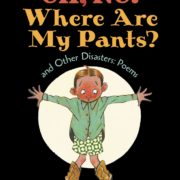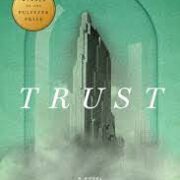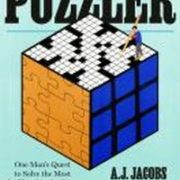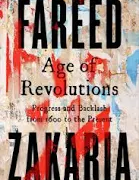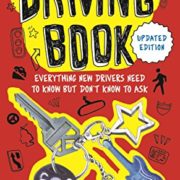The Spinach King by John Seabrook
In John Seabrook’s The Spinach King: The Rise and Fall of an American Dynasty, the author notes Andrew Carnegie’s dictum of “shirtsleeves to shirtsleeves in three generations.” It’s a fitting citation as the American dynasty at play here is in fact his own family. How the proverb diverges with the Seabrooks in particular is that instead of the third generation squandering the wealth created by the first, the Seabrook who creates a business empire is the very one who spitefully destroys it. If this sounds intriguing, settle into the story of the Seabrooks.
In the early twentieth century, New York City relied on—as it had for over a century—New Jersey farms to supply its markets with fresh produce. Known as the “Garden State,” New Jersey was quite literally New York City’s garden. One such gardener was C.F. Seabrook. Not only did he take over his father’s 60-acre farm, he transformed it from yet another cottage producer into a farming juggernaut. Using Henry Ford’s production models as a guide, he revolutionized farming by mechanizing his farm, most notably utilizing vast overhead irrigation systems.
Emboldened, he engaged in the time-honored practice of self-dealing. Using the permissive political climate of times, he became the highway commissioner not only to decide the road routes that would advantage his farming empire but also to profit from the road-building business he started. His intercontinental contacts even led to a contract with Joseph Stalin to build thousands of miles of roads throughout Russia. The effort basically ended before it started, however. Seabrook didn’t know how to engineer roads in the Russian climate. The roads fell apart soon after they were put down.
Wall Street creditors, no longer tolerating such a massively overbuilt enterprise, eventually called in the Seabrook loans. But Seabrook Farms would rebuild again, gaining a niche in freezing the vegetables they grew, thus ushering in the age of frozen store-bought vegetables. Of C.F.’s children, John Seabrook, the author’s father, would go on to display the most astute business acumen.
When writing about his father—and there’s a lot here—Seabrook seemingly lays everything out there. If anything, he’s writing almost to see if he can better know—actually know—his aloof yet caring father, a man who used his “WASP identity like razor wire to guard his true feelings.” Fair enough. Yet so much has been written about WASPs over the decades, we already know of the characteristics without reading about them once again. Still, how they manifest in John Seabrook is interesting in how they are told.
A Princeton graduate, Seabrook Sr. would go on to date Eva Gabor. An Anglophile in not only temperament but also in English tailoring, he later in life even had one of those clothing carousel contraptions you see at a dry cleaners installed in his bedroom. He was also dedicated to the sport of British coaching—basically driving a small team of horses while sitting atop a carriage, often sporting a top hat.
At times, Seabrook’s writing of his father almost appears hagiographic. Even under this bright-light memoir exposure, there’s quite a bit of admiration for his father. And it’s often the case that wealthy children who once had a temporary job where they had to get their hands dirty will forever hasten to relate how they once had a job where they had to get their hands dirty. Such is the case here.
But these are minor issues in a family story that’s ultimately tragic. Seabrook Farms probably would have continued to thrive under the leadership of John Seabrook Sr., a man who seemed naturally inclined to be a C.E.O. (Although there are some intriguing revelations later in the book.) The end came, nevertheless, at C.F.’s own hand, the paterfamilias who sought to destroy his own family. There’s a lot to unpack in this downfall. But I will say: I’m not sure what clinically constitutes a sociopath, but it seems as though C.F. certainly was one.
As one would expect from a staff writer at The New Yorker, Seabrook knows his way around a narrative. There’s no way this family history could be told without writing about social and political intersectionality. Even today, you can go visit Seabrook, New Jersey.
Still, this is a family memoir. And it’s affecting to see how Seabrook Sr. and Jr. almost observe each other as curiosities. It’s also dispiriting to read how Sr., once a dynamic and forward-thinking man, ended up an elderly man who digested too much cable news and ultimately displayed one of C.F.’s many loathsome traits: antisemitism, that “ancient Roman mind virus.”
In the end, Seabrook Sr.’s death wasn’t noted with a lengthy New York Times obituary. Perhaps it was for the best. Regardless of your success, or with how self-important you may feel, you can still end up being known simply as—as Art Buchwald once referred to Seabrook Sr.—“the frozen-food lima bean king from New Jersey.”
Review by Jason Sullivan

